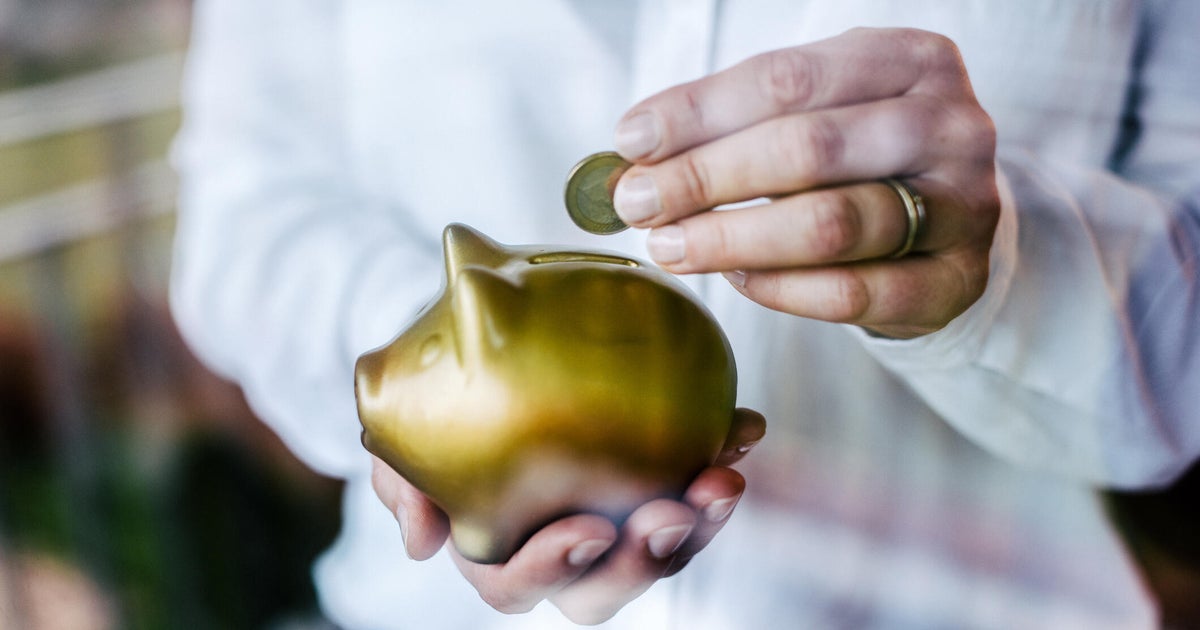5 gold investments to consider with inflation rising
Inflation is no longer hovering near 40-year highs like it was in mid-2022, but we're not back to normal just yet. The latest inflation report, released this week, shows that the inflation rate was 3.2% in February, up from 3.1% in January. Given the negative impact that stubborn inflation has on traditional currency, many investors are now looking for ways to protect their investments from being eroded by rising prices. And, one traditional hedge against inflation is gold.
When inflation rises, the purchasing power of paper currencies inevitably declines. That makes gold, which carries no counterparty risk and cannot be inflated by central banks, an attractive investment for investors who want to preserve their wealth. If you're looking to add some gold exposure to your portfolio as an inflation hedge, though, it's important to understand that there are numerous assets to choose from.
Learn more about how gold investing can protect your portfolio here.
5 gold investments to consider with inflation rising
It may be worth adding these gold assets to your investment portfolio now that inflation is rising:
Physical gold bullion
One of the most direct ways to invest in gold is by purchasing physical bullion in the form of gold coins or bars. Owning the actual metal provides a tangible store of value, one that is not tied to any particular currency or economy.
The downside is you'll need to securely store and insure your gold holdings, which can come with extra work and extra costs. But if you're seeking a "crisis commodity" to fall back on, physical bullion is about as close as you can get to having intrinsic, universally recognized wealth.
Explore your top gold IRA options online here.
Gold exchange-traded funds
For a more liquid and convenient way to invest in gold, you can purchase shares of an exchange-traded fund (ETF) that tracks the price of gold bullion. When you buy into a gold ETF, each share represents ownership in actual physical gold bars held by the fund.
Gold ETFs can be a smart option to consider because they provide exposure to gold prices without the hassle of personally acquiring and storing bullion. They can easily be bought and sold just like stocks through any brokerage account. However, there are small annual expenses charged by the funds, which you may want to consider before taking this route.
Gold mining stocks
Rather than invest directly in gold itself, you can gain leveraged upside exposure by buying shares of gold mining companies. When gold prices rise, the profits and stock valuations of the miners tend to surge even higher. You also have the option of investing in gold mining ETFs to gain broad exposure.
The allure of buying gold stocks is the potential for higher returns, which is great in any economic environment, but can be especially useful during times when inflation is devaluing the dollar. However, these stocks also come with higher risk than just owning physical gold or a bullion ETF, so keep that in mind as you narrow down the options.
Gold jewelry and collectibles
Beyond strictly investment purposes, gold jewelry and collectible gold coins can appreciate in value as inflation rises. While these purchases don't provide direct exposure to gold prices, the precious metal content gives them an intrinsic material value that helps preserve wealth over time.
And, with inflation weighing on other assets, collectors tend to bid up the valuations for rare, historical gold coins in particular. These types of gold investments can grow in numismatic value alongside the underlying metal prices, providing a unique potential return stream.
Gold futures and options
For advanced traders and hedgers, gold futures contracts provide a way to speculate on future price movements or lock in current prices. However, due to the complexity, leverage and risk of losses that are associated with gold futures and options (beyond the initial investment), this gold investing option tends to be most suitable for highly experienced, risk-tolerant traders looking to make leveraged bets on gold prices.
The bottom line
As always with any type of investing, it's important to understand your time horizon, risk tolerance and objectives before allocating capital to gold. After all, there is a wide range of gold investments to choose from, and those factors will play a role in determining which one works best for you, especially during periods of high inflation. But no matter what gold asset you decide on, when used judiciously, gold can be an important part of a diversified portfolio, providing a hedge against the insidious effects of inflation.




